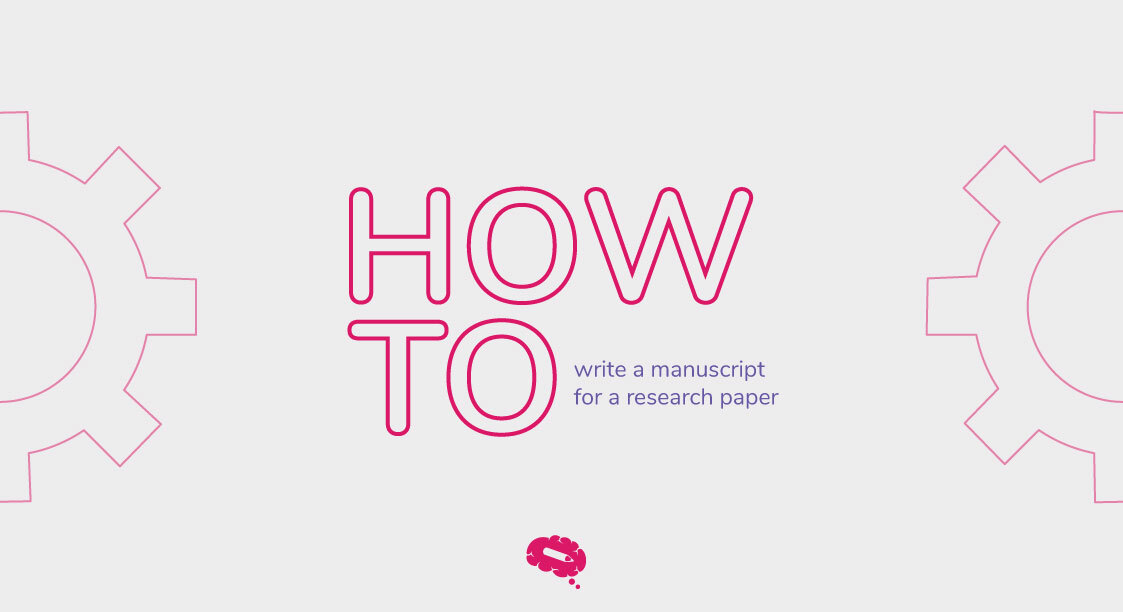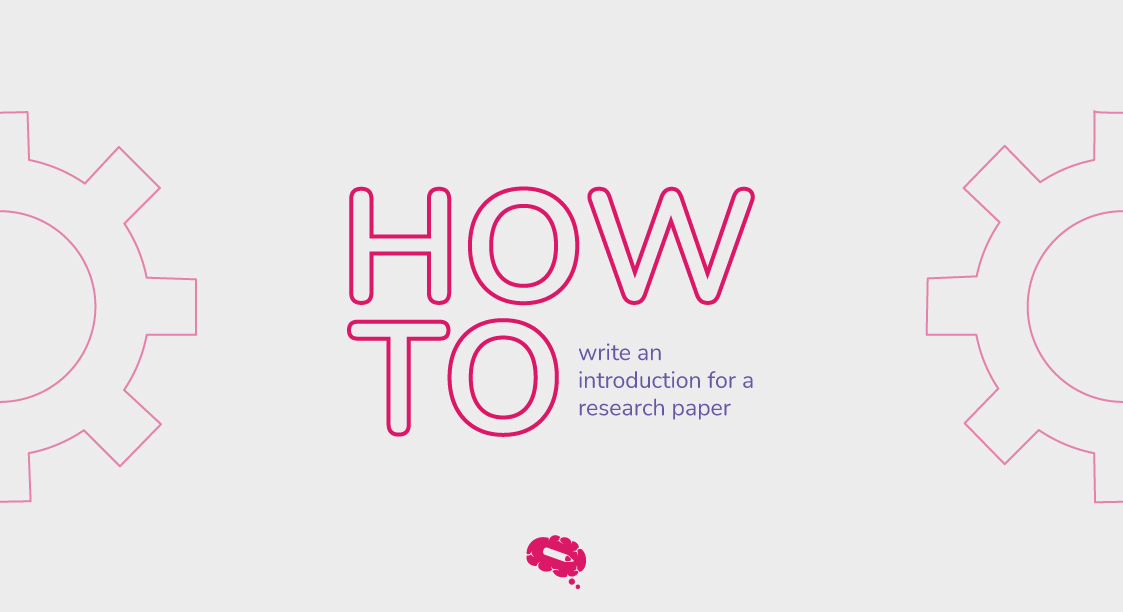For scientists, publishing a research paper is a huge accomplishment; they typically spend a large amount of time researching the appropriate subject, the right material, and, most importantly, the right place to publish their hard work. To be successful in publishing a research paper, it must be well-written and meet all of the high standards.
Although there is no quick and easy method to get published, there are certain manuscript writing strategies that can help earn the awareness and visibility you need to get it published.
In this Mind The Graph step-by-step tutorial, we give practical directions on how to write a manuscript for a research paper, to increase your research as well as your chances of publishing.

What is the manuscript of a research paper?
A manuscript is a written, typed, or word-processed document submitted to a publisher by the researcher. Researchers meticulously create manuscripts to communicate their unique ideas and fresh findings to both the scientific community and the general public.
Overall, the manuscript must be outstanding and deeply represent your professional attitude towards work; it must be complete, rationally structured, and accurate. To convey the results to the scientific community while complying with ethical rules, scientific articles must use a specified language and structure.
Furthermore, the standards for title page information, abstract structure, reference style, font size, line spacing, margins, layout, and paragraph style must also be observed for effective publishing. This is a time-consuming and challenging technique, but it is worthwhile in the end.
How to structure a manuscript?
The first step in knowing how to write a manuscript for a research paper is understanding how the structure works.
Title or heading
A poorly chosen title may deter a potential reader from reading deeper into your manuscript. When an audience comes across your manuscript, the first thing they notice is the title, keep in mind that the title you choose might impact the success of your work.
Abstract
Abstracts are brief summaries of your paper. The fundamental concept of your research and the issues you intend to answer should be contained within the framework of the abstract. The abstract is a concise summary of the research that should be considered a condensed version of the entire article.

Introduction
The purpose of the research is disclosed in the body of the introduction. Background information is provided to explain why the study was conducted and the research’s development.
Methods and materials
The technical parts of the research have to be thoroughly detailed in this section. Transparency is required in this part of the research. Colleagues will learn about the methodology and materials you used to analyze your research, recreate it, and expand concepts further.
Results
This is the most important portion of the paper. You should provide your findings and data once the results have been thoroughly discussed. Use an unbiased point of view here; but leave the evaluation for your final piece, the conclusion.
Conclusion
Finally, explain why your findings are meaningful. This section allows you to evaluate your results and reflect on your process. Remember that conclusions are expressed in a succinct way using words rather than figures. The content presented in this section should solely be based on the research conducted.
References
The reference list contains information that readers may use to find the sources you mentioned in your research. Your reference page is at the end of your piece. Keep in mind that each publication has different submission criteria. For effective reference authentication, journal requirements should be followed.

Steps on how to write a manuscript for a research paper
It is not only about the format while writing a successful manuscript, but also about the correct strategy to stand out above other researchers trying to be published. Consider the following steps to a well-written manuscript:
1. Read the author’s guide
Many journals offer a Guide for Authors kind of document, which is normally printed yearly and is available online. In this Guide for Authors, you will discover thorough information on the journal’s interests and scope, as well as information regarding manuscript types and more in-depth instructions on how to do the right formatting to submit your research.
2. Pay special attention to the methods and materials section
The section on methods and materials is the most important part of the research. It should explain precisely what you observed in the research. This section should normally be less than 1,000 words long. The methods and materials used should be detailed enough that a colleague could reproduce the study.
3. Identify and describe your findings
The second most crucial aspect of your manuscript is the findings. After you’ve stated what you observed (methods and materials), you should go through what you discovered. Make a note to organize your findings such that they make sense without further explanation.
4. The research’s face and body
In this part you need to produce the face and body of your manuscript, so do it carefully and thoroughly.
Ensure that the title page has all of the information required by the journal. The title page is the public face of your research and must be correctly structured to meet publication requirements.
Write an introduction that explains why you carried out the research and why anybody should be interested in the results (ask yourself “so what?”).
Concentrate on creating a clear and accurate reference page. As stated in step 1, you should read the author’s guide for the journal you intend to submit to thoroughly to ensure that your research reference page is correctly structured.
The abstract should be written just after the manuscript is finished. Follow the author’s guide and be sure to keep it under the word limit.
5. Rapid Rejection Criteria double-check
Now that you’ve completed the key aspects of your research, it’s time to double-check everything according to the Rapid Rejection Criteria. The “Rapid Rejection Criteria” are errors that lead to an instantaneous rejection. The criteria are:
- The answered question was not interesting enough
- The question has been satisfactorily answered before
- Wrong hypothesis
- The method cannot address the hypothesis
- Research is underpowered
- Contradictory manuscript
- The conclusion doesn’t support the data
6. Rewrite
Rewrite your manuscript now that you’ve finished it. Make yourself your fiercest critic. Consider reading the document loudly to yourself, keeping an ear out for any abrupt breaks in the logical flow or incorrect claims.
Your Creations, Ready within Minutes!
Aside from a step-by-step guide to writing a decent manuscript for your research, Mind The Graph includes a specialized tool for creating and providing templates for infographics that may maximize the potential and worth of your research. Check the website for more information.

Subscribe to our newsletter
Exclusive high quality content about effective visual
communication in science.




